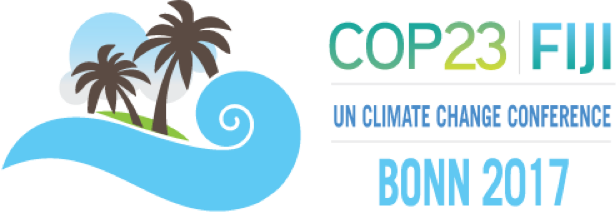From 6 to 17 November 2017 the international Climate Change Conference will take place in Bonn. The annual Conference of Parties (COP) is the highest body of the United Nations Framework Convention on Climate Change (UNFCCC). At the same time, it is the 13th Conference of the Parties to the Kyoto Protocol and the 2nd Conference of the Parties to the Paris Convention. Next to the official negotiations of COP 23 there will be a zone for side events, where parties of national and international climate policy, such as governments and non-governmental organizations, will be able to present their activities and projects. The focus is on the exchange of insight, experience and information between stakeholders.
The German beneficiary of LIFE Peat Restore (NABU) will hold the first event together with the Federal Agency for Nature Conservation “Towards a new compact on peatlands for climate protection” on 6 November 2017, 10 a.m. (German pavilion). Facts and figures on peatlands as a sink and source of carbon emissions will be presented as well as global initiatives aiming at further developing the potential of peatlands for climate protection. The presentations will be followed by a panel discussion.
The second side event “Wetlands, peatlands and Satellites” will take place on 11 November 2017, 4 p.m. in the European pavilion with the participation of Jena-Optronik GmbH. Several presentations will give an insight into the use of satellite imagery in the context of peatland conservation monitoring and will be discussed later.


